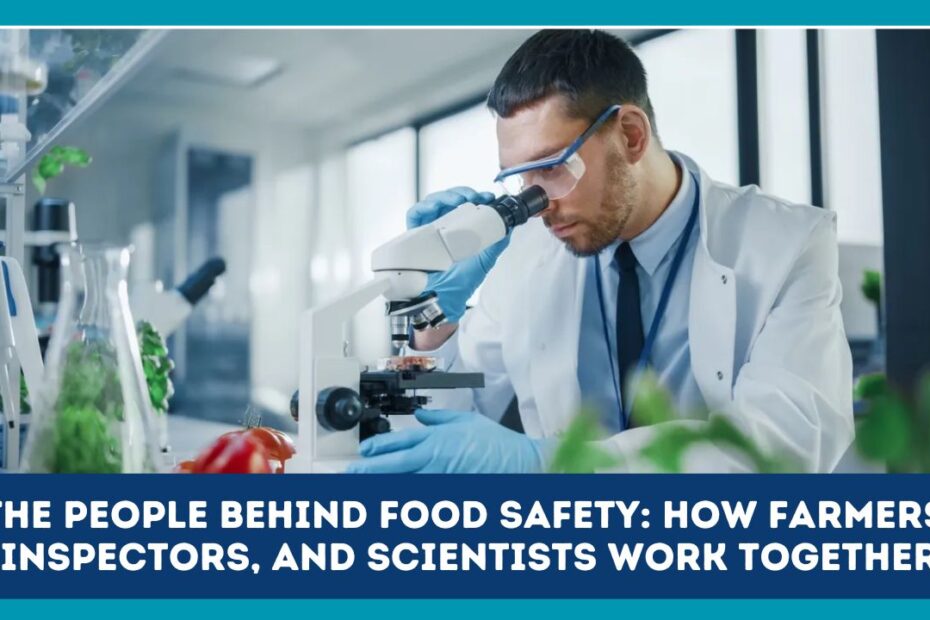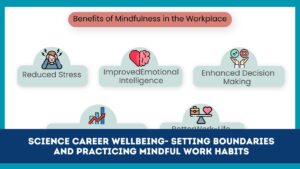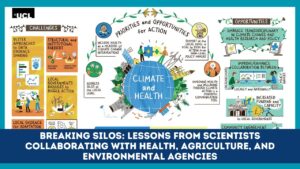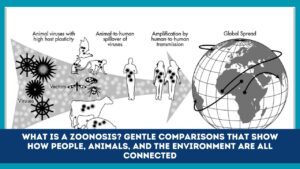Every bite of food we eat goes through a complex journey before reaching our plates. Ensuring that food is safe is a massive undertaking that requires the coordinated efforts of multiple professionals.
From farmers tending crops to inspectors monitoring compliance, and scientists studying pathogens and contaminants, each plays a crucial role in protecting public health.
This article explores how these groups work together, their responsibilities, and the systems in place to maintain food safety in modern society.
The Role of Farmers in Food Safety
Farmers are the first line of defense in the food safety chain. They grow crops, raise livestock, and implement practices to prevent contamination at the source. Key responsibilities of farmers include:
- Implementing Good Agricultural Practices (GAPs): Ensuring proper use of fertilizers, water, and pesticides to avoid chemical residues.
- Monitoring animal health: Preventing the spread of diseases such as Salmonella or E. coli from livestock to humans.
- Maintaining clean equipment and storage: Ensuring that harvesting machinery, storage silos, and transport vehicles are sanitized.
- Record-keeping: Tracking the use of chemicals, feed, and water to meet regulatory compliance.
Farmers invest in training programs to stay updated with food safety standards, and technology such as sensors and IoT devices is increasingly being used to monitor conditions in real-time.
Inspectors: Ensuring Compliance and Safety
Food inspectors are responsible for enforcing regulations and verifying that food products meet safety standards. Their work is critical to preventing foodborne illnesses. Key aspects of their role include:
- Routine inspections: Visiting farms, food processing facilities, and distribution centers to evaluate hygiene practices.
- Sampling and testing: Collecting samples of produce, meat, or dairy for laboratory testing of pathogens or chemical residues.
- Certification and audits: Ensuring that food businesses comply with standards such as HACCP (Hazard Analysis and Critical Control Points).
- Traceability checks: Monitoring supply chains to quickly identify sources of contamination during recalls.
According to recent data, inspections by federal and state agencies have reduced foodborne outbreaks by over 25% in the last decade, highlighting the impact of proactive inspections.
Scientists: Understanding Risks and Developing Solutions
Food scientists work behind the scenes to identify risks, develop detection methods, and create safe processing techniques. Their roles include:
- Microbiologists: Studying bacteria, viruses, and parasites to understand how contamination occurs and how it spreads.
- Chemists: Testing for chemical residues, pesticide levels, and contaminants that may pose long-term health risks.
- Food technologists: Developing methods to preserve food, prevent spoilage, and enhance safety during storage and transport.
- Research and innovation: Exploring alternatives like biodegradable packaging, natural preservatives, and pathogen-resistant crops.
Modern laboratories use advanced technologies such as PCR (Polymerase Chain Reaction) and mass spectrometry to detect even trace amounts of contaminants, enabling faster interventions.
Collaboration: How Farmers, Inspectors, and Scientists Work Together
Food safety is not the responsibility of a single group; it requires coordination and communication among all stakeholders. Collaboration takes multiple forms:
- Education and Training: Scientists often provide workshops for farmers and food handlers, sharing the latest research and safety practices.
- Data Sharing: Inspectors and scientists share lab results and inspection findings to identify patterns or emerging threats.
- Policy Development: Regulatory agencies rely on input from both farmers and scientists to create practical and effective food safety guidelines.
- Rapid Response: During a contamination outbreak, all parties coordinate to trace the source, remove affected products, and prevent further exposure.
A robust food safety system depends on trust, transparency, and accountability between these groups.
Technologies Enhancing Food Safety
Modern food safety relies heavily on technology to detect risks and maintain standards:
- Blockchain for Traceability: Enables real-time tracking of products from farm to table, ensuring transparency.
- Sensors and IoT Devices: Monitor temperature, humidity, and sanitation in storage and transport facilities.
- Genomic Sequencing: Identifies harmful pathogens faster and more accurately than traditional methods.
- AI and Predictive Analytics: Anticipates potential risks based on historical data and environmental factors.
These technologies not only improve safety but also help reduce food waste by preventing unnecessary recalls and spoilage.
Global Standards and Regulations
Food safety is guided by international and national regulations. Some of the key frameworks include:
| Regulatory Body | Scope | Key Responsibilities |
|---|---|---|
| FDA (U.S.) | Domestic and imported foods | Enforcement of HACCP, inspections, labeling requirements |
| USDA | Meat, poultry, eggs | Inspecting facilities, approving processing plants, pathogen testing |
| EFSA (EU) | European Union foods | Risk assessment, monitoring chemical contaminants, foodborne pathogen tracking |
| WHO / FAO | Global | Setting international safety guidelines, supporting countries in risk management |
These standards ensure that food safety practices are consistent and allow countries to trade food products confidently.
The Impact of Food Safety on Public Health
The collaboration between farmers, inspectors, and scientists has a direct impact on public health. Some notable statistics include:
- Foodborne illnesses affect approximately 600 million people worldwide annually.
- Proper food safety interventions prevent an estimated 420,000 deaths each year.
- Economic impact: Unsafe food costs the global economy over $95 billion in lost productivity, healthcare, and recalls annually.
Maintaining rigorous safety standards not only saves lives but also boosts consumer confidence in food systems.
Challenges in Food Safety
Despite advancements, food safety faces several challenges:
- Global Supply Chains: Complex logistics make traceability and monitoring difficult.
- Climate Change: Rising temperatures can increase the risk of microbial growth in food.
- Antimicrobial Resistance: Overuse of antibiotics in livestock may lead to resistant pathogens.
- Resource Constraints: Smaller farms or developing regions may lack access to modern technology and training.
Addressing these challenges requires continuous innovation, investment, and cross-sector collaboration.
The journey of food from farm to fork involves a network of dedicated professionals. Farmers, inspectors, and scientists work tirelessly, often behind the scenes, to ensure that the food we consume is safe, nutritious, and reliable.
Their collaboration, combined with advanced technologies and strict regulatory frameworks, has significantly reduced the risk of foodborne illnesses. By understanding and appreciating the roles of these individuals, we can better value the safety and quality of every meal we enjoy.
FAQs
What are the main responsibilities of food inspectors?
Food inspectors perform routine inspections, collect samples for laboratory testing, ensure regulatory compliance, and monitor supply chains to prevent contamination.
How do scientists contribute to food safety?
Scientists study pathogens, test for chemical residues, develop food preservation techniques, and innovate new methods to ensure food remains safe and healthy.
Why is collaboration between farmers, inspectors, and scientists important?
Collaboration ensures rapid response to contamination, effective policy development, data sharing, and ongoing education, all of which strengthen the overall food safety system.



